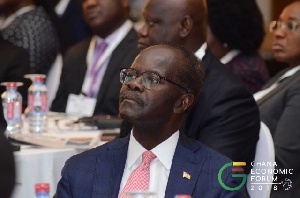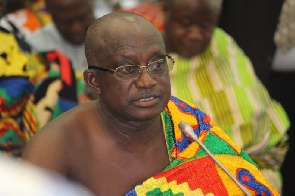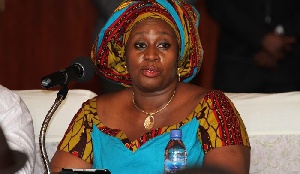An economist, Dr Said Boakye, has expressed concern about the fiscal position of the country, saying the rate and quantum of borrowing by the government is alarming.
According to him, “The country’s fiscal position is very bad”, wondering: “How are we paying for it?”
“You are borrowing money to do so, and we are going to be paying interest on that and you are going to pay for those who cannot pay for it. I don’t think this is an effective resource allocation”, he noted in an interview with Class Business.
The government of Ghana borrowed GHS4.2 billion in notes and bonds in December 2019.
Some of the securities were to be rolled over while the rest were fresh funds.
Also, per the issuance calendar for the first quarter of 2020, the government of Ghana would borrow GHS19.08 billion in the first quarter of this year.
GHS15.68 billion is expected to be used to roll over maturities while the remaining GHS3.4 billion, which is fresh issuance, would be used to meet the government’s financing requirement.
The International Monetary Fund, in its recent assessment of Ghana said the country is closer to being classified as a high-debt-distressed country.
This means the IMF is concerned about the country’s ability to honour its international obligations.
Dr Boakye, who is with the Institute of Fiscal Studies, said the government should relook at the expenditure mix so it does not spend beyond its budget.
“Relook out at the expenditure mix, where the monies are going, re-assess them; some of these decisions are coming from political campaign promises; I understand that but when you are saying you are going to fulfil all the campaign promises and at the same time not enough money in the coffers and you have to result to borrowing – and borrowing is taking the country to a the level where our debt is unstainable”, said Dr Boakye.
The IMF report noted that the risk of debt distress rating in the Debt Sustainability Analysis (DSA) remains high.
“The medium-term debt path is now higher than in the March DSA, reflecting lower GDP growth in 2019 and a higher government deficit (largely due to energy sector costs) and debt service over the medium term. Public and publicly guaranteed debt (DSA measure), including Sinohydro-related debt obligations and debt of key energy sector SOEs is projected at 66.5 per cent of GDP at end2019 and is expected to peak at about 68 per cent of GDP in 2020, gradually declining to 64 per cent by 2024.”
The DSA rating is mainly driven by debt service to revenue exceeding the threshold throughout the forecast horizon, though all other indicators also exceed their thresholds at some point over that horizon.
- Performance Tracker: Beatrice Annan exposes government for listing Dodowa Hospital as part of Akufo-Addo’s achievement
- What exactly is your grand plan? - Franklin Cudjoe asks Akufo-Addo over sacking of SSNIT, GRA bosses
- Ghana is doing well, don't negate what we have achieved because NPP is in office – Nana Ofori-Atta
- Meet the 8 'prominent' lawyers Akufo-Addo has penciled to be justices of the Court of Appeal
- 58% of voters in the Ashanti Region say Ghana is heading in the wrong direction – Poll
- Read all related articles












